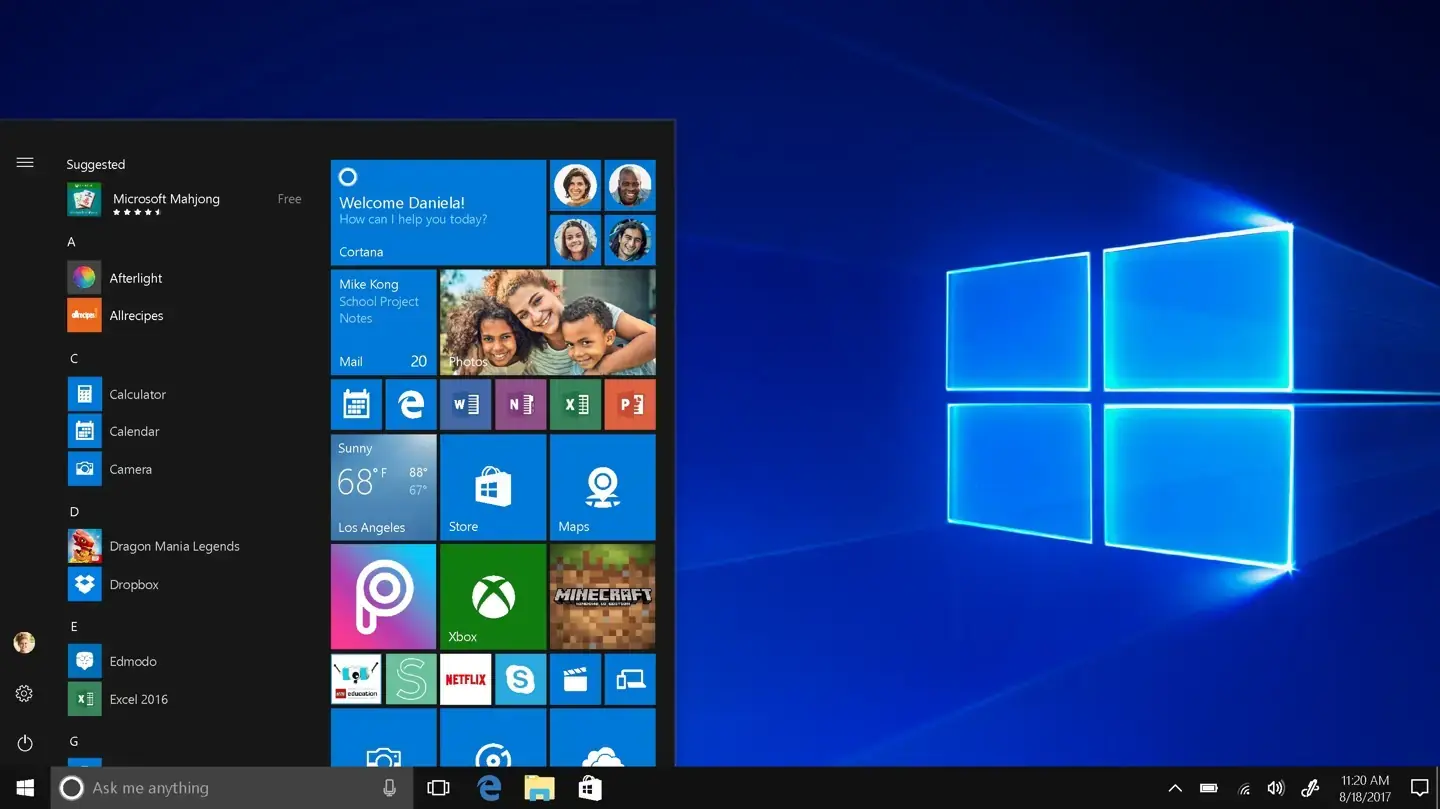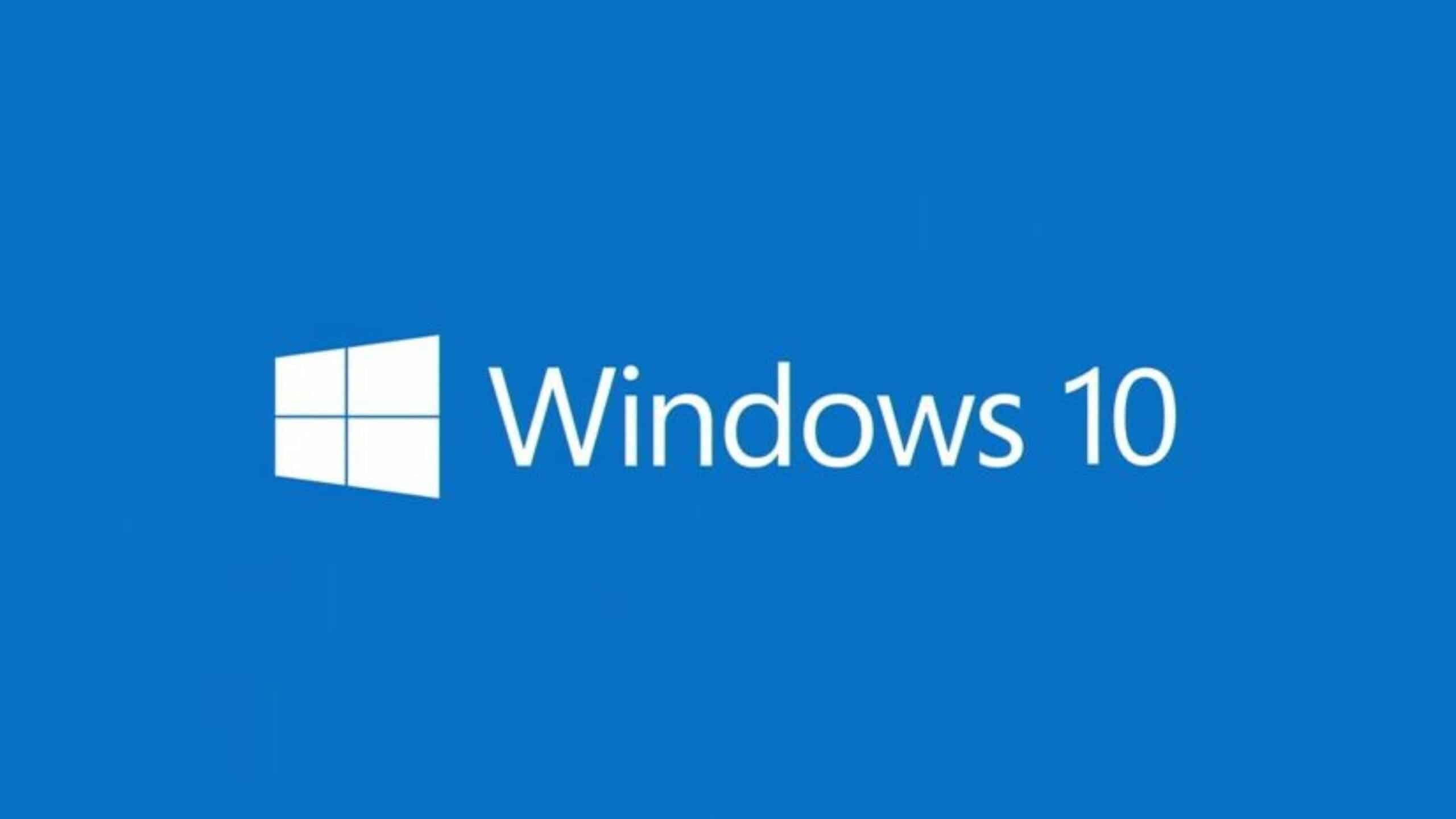Microsoft will stop supporting Windows 10 on October 14, 2025. After that date, systems still running the OS will no longer receive security updates unless additional measures are taken. ControlUp’s latest report shows that around half of all enterprise-managed Windows devices have not yet been upgraded to Windows 11.

Some sectors are far behind
The pace of migration varies widely. Education and technology sectors are doing well, with over 70% of devices upgraded. In contrast, healthcare and finance are still relying heavily on Windows 10. Some of their hardware is simply too outdated to support the new OS—19% of healthcare systems, for instance, need full replacement before they can run Windows 11.
Regional and organizational delays
In the Americas, adoption is especially slow. Just 43% of business devices there have made the switch, compared to 70% in Europe. This is surprising, as most of the un-upgraded machines in the Americas technically meet Windows 11’s requirements. In large organizations with over 10,000 devices, only 42% of upgrades have been completed, likely due to the complexity of managing old infrastructure.
Steps to prepare for the switch
Businesses still using Windows 10 should begin by checking which devices are eligible for Windows 11. Replace those that cannot be upgraded and plan phased updates for the rest. Focus first on high-risk devices and make sure all important data is backed up. Systems should be patched and monitored closely during the transition period.
Risk reduction for unupgraded systems
Not every device will be upgraded in time. For those who can’t be switched over, it’s important to reduce exposure. Isolate them from sensitive systems, apply strict access controls, and ensure antivirus and firewall tools are fully enabled. Keeping software up to date and limiting internet access can also help reduce risk.

Paid support options after 2025
Microsoft’s Extended Security Updates (ESU) program will allow businesses to receive critical patches after the official end of support, but at a cost. This paid service is available to both organizations and individual users. Another option is 0patch, a third-party provider that promises to deliver security fixes for at least five years beyond the deadline.
No need to wait until it’s too late
Currently, Windows 10 continues to function well. This means many people will forget the need to upgrade. However, it is important to note that time is running out. There is no need to delay migration plans because it may be too sudden. When support ends, there will be serious security risks, and businesses must be careful. Companies need to start planning now to protect their systems, data, and users from potential threats.





